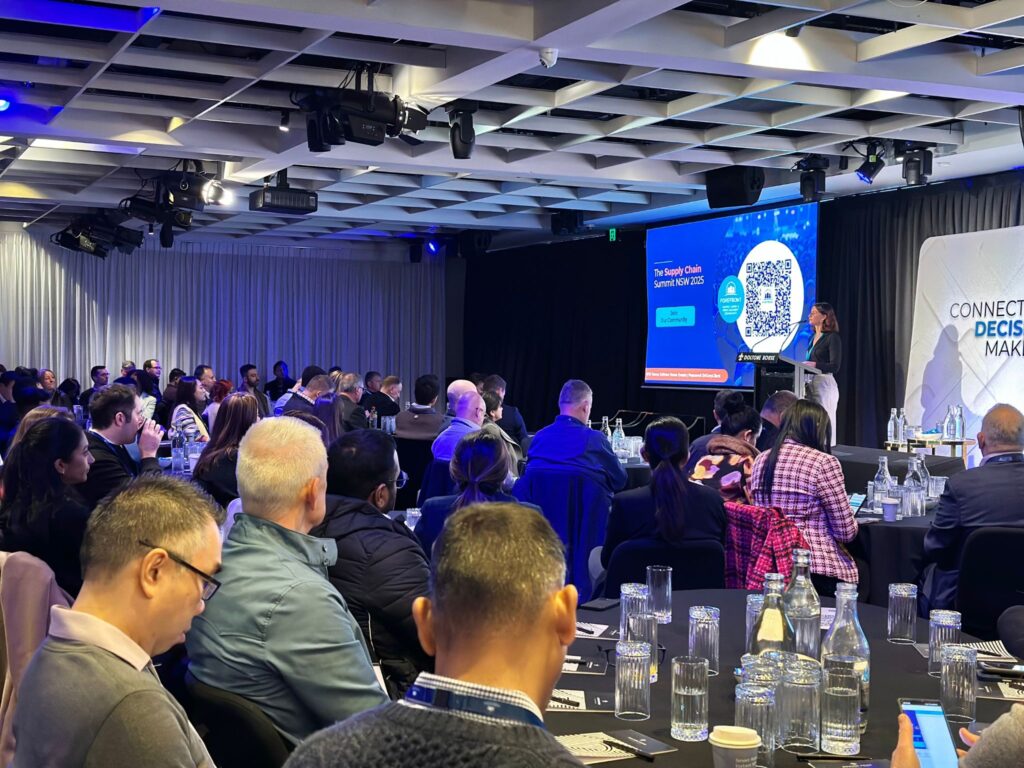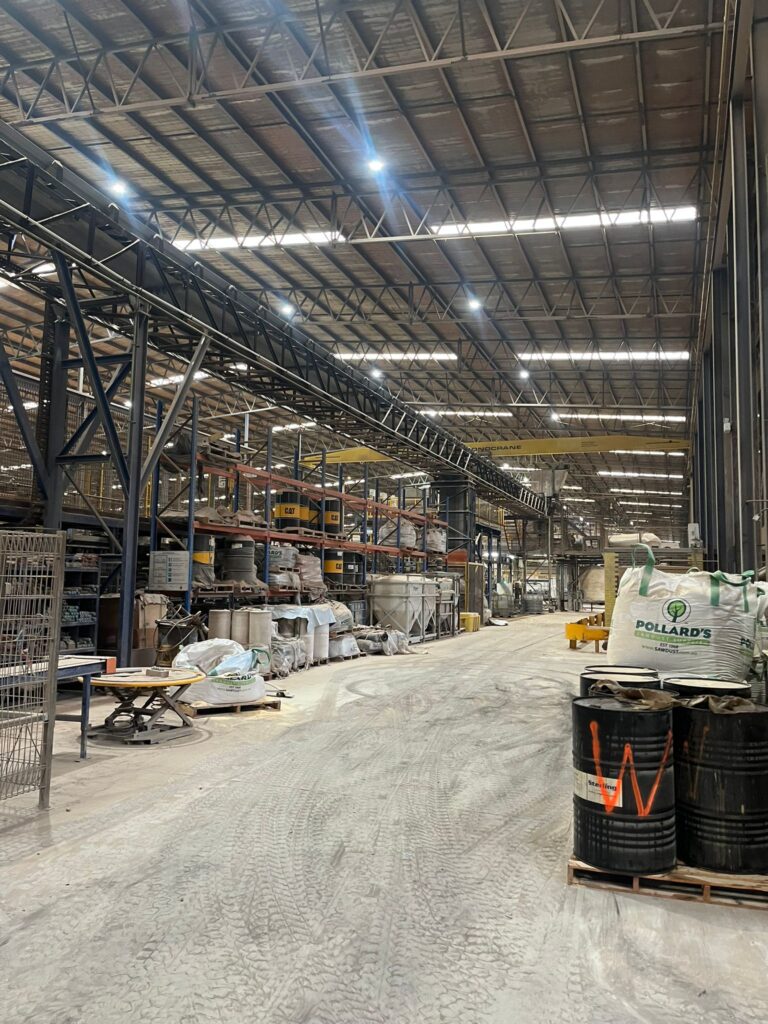There are a number of reasons you may review your distribution network; from shifting customer behaviours, channel-mix changes and infrastructure developments, to radically disruptive events like mergers or acquisitions. The global pandemic is such an event that requires companies to review their end-to-end distribution network.
The disruptions of 2020 (and the lingering effects still being felt across the country) had monumental impacts on businesses across the world, bringing supply chains to the centre stage. With fewer containers on the water and trucks on the road, stores closed and a surge in online activity; stock availability and speed to market became even more critical than they were before.
Delivering on competitive online service standards with interrupted supply lines, all the while adjusting operations to keep your team safe provided a significant challenge for supply chain leaders everywhere.
Many sources are reporting that the shift to online retail is here to stay; driven by convenience as well as health-conscious consumers avoiding crowded shopping centres. The accelerated digitisation of the retail sector has many organisations bringing their planned network reviews forward as they rewrite their fulfilment strategies to cater to the changed landscape.
The ongoing challenge of the pandemic is putting unprecedented pressure on supply chains, with changing customer buying habits, increased lead times and supply uncertainty, not to mention the global shipping and airfreight crises which are challenging supply chain leaders in every industry.
So how do we redesign your distribution (or equally manufacturing) network in 2021?
You will need to consider the following six key elements of your end-to-end supply chain.
Suppliers
First, review your sources of supply and consider your mix of suppliers. The key is to look at their locations, resilience and impacts of overseas shipping, freight cost and product lead time. You will need to consider the trade-off between potentially lower-cost offshore providers which may be more susceptible to supply disruptions compared to higher-cost, local vendors.
During the panic buying that occurred periodically across 2020, speed-to-market and stock availability was paramount within certain grocery, personal-care and sanitation categories, challenging the existing low-cost sourcing policies of many distributors.
Environment
Next, you need to have a holistic understanding of current and future infrastructure projects that are being developed and how this will affect your network. For example; what is the impact of the development of the western Sydney international airport and related intermodal logistics hub? How do changes in legislation – especially sustainability initiatives- impact your distribution network?
Customers
The next step is to consider how you intend to optimise fulfilment methods and locations. This is done by profiling customers; looking at channel mix and how e-commerce affects this. To future-proof your strategy, you will need a long-term view on growth, service, channel and possible customer profile changes.
Modelling
Network modelling is a critical component of network design and there are many tools in the marketplace that can be used to support this step, from bespoke excel-based models to advanced network modelling software that allows for the optimisation of transport routes, inventory, service and network costs.
In a typical network review project, we run network models multiple times to baseline the current operation, assess different network options and test sensitivities.
Property
Insights into the industrial property and real estate market will tell you where leading logistics providers and major retailer have located themselves and why. This is a key piece to the network design puzzle that should not be overlooked.
Technology
Technology in operations is changing rapidly whilst affordability, availability and reliability have improved, this will impact the way you and your competitors could operate your distribution or manufacturing networks. It is an exciting time to see the development of automation options featuring fully and highly automated DCs, driverless trucks and drone deliveries.
We cover distribution network design in our webinar
We have a standard network design methodology that we use for our network design projects that we are exclusively sharing in our upcoming webinar, Why Supply Chain Network Design Is More Important Than Ever.
Please register to attend our webinar here where you will learn.
- Why supply chain network design is so important, especially due to the rapid ecommerce growth
- The typical three phase process; 1. supply chain strategy, 2. network design, 3. DC design & Automation
- Network design tools and methodologies
- Retail and consumer goods network case studies
Attendees of the webinar will be eligible to win a half day free network design workshop facilitated by two Argon & Co team members.
Register to watch it on demand here.







